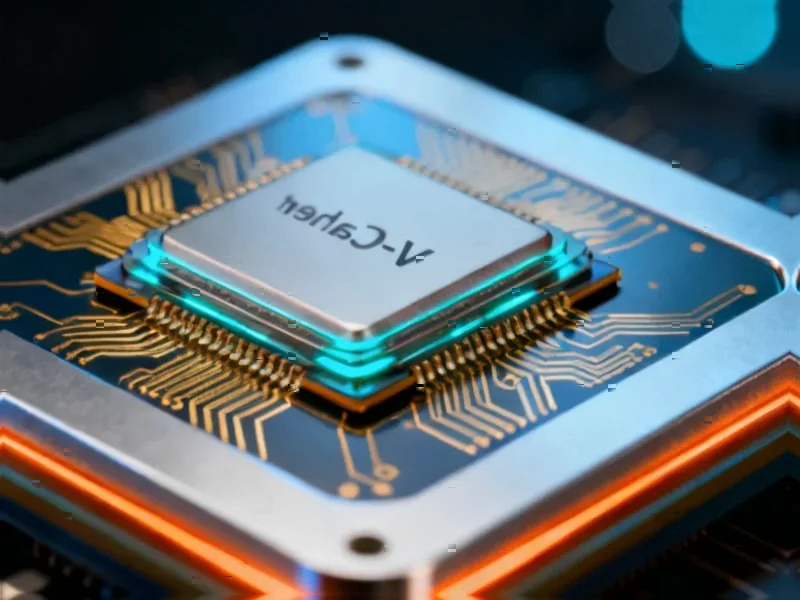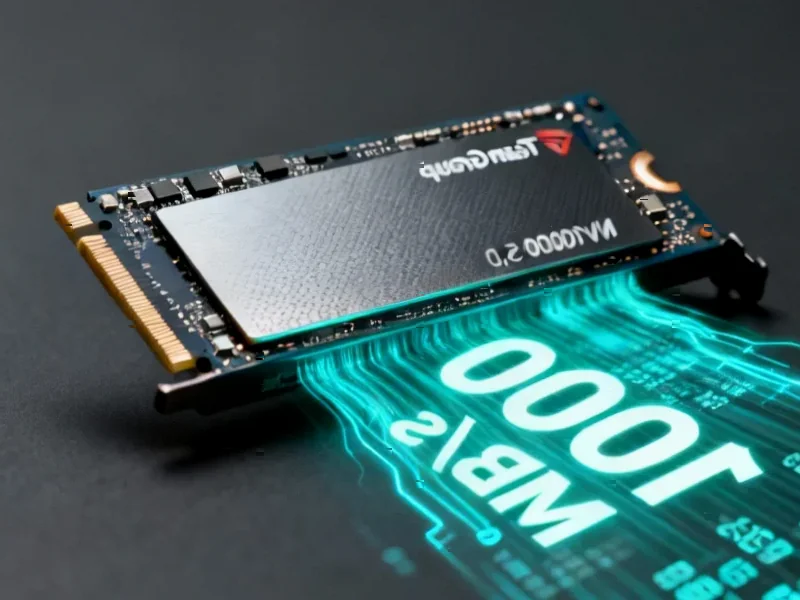According to PCWorld, AMD’s third quarter 2025 results show the company’s client CPU business hitting a record $2.8 billion, with desktop processor sales reaching all-time highs. CEO Lisa Su told analysts that desktop CPU sales achieved record channel performance driven by strong demand for Ryzen 9000 processors. AMD’s desktop market share has gained almost 10 percentage points since last year, and Su expects that growth trend to continue. The company’s overall Client and Gaming segment reached $4 billion in revenue, while data center revenue hit a record $4.3 billion. Total Q2 revenue jumped 36% year-over-year to $9.2 billion, with net income up 31% to $1.243 billion.
The quiet PC revolution
Here’s the thing that struck me – analysts didn’t ask a single question about AMD’s PC business during the earnings call. Everyone was so focused on AI and data center that they completely overlooked what’s actually a massive story. AMD is steadily eating Intel’s lunch in the desktop market, and apparently in notebooks too. Su mentioned Ryzen notebooks “increased sharply” during the quarter, which is huge when you consider Intel has traditionally maintained that 80-20 split in mobile.
Basically, while everyone’s looking at the shiny AI object, AMD is executing a textbook market share grab in the PC space. They’re not just growing – they’re growing faster than the overall PC market. And when you combine that with their data center momentum, you’ve got a company that’s firing on all cylinders. It makes you wonder – is Intel paying attention to this slow bleed in their core business?
The gaming and console complication
AMD’s gaming revenue presents an interesting puzzle. On one hand, Radeon GPU revenue grew significantly thanks to the RX 9000 series, and FSR4 now supports over 85 games. That’s solid progress in a market where NVIDIA has dominated the conversation. But then there’s the semi-custom console business, which got a holiday production boost from Microsoft and Sony.
The catch? AMD expects gaming revenue to decline by “strong double digits” after the holiday console sales boom. So they’re basically riding a seasonal wave that’s about to crash. It’s a reminder that while the PC CPU business is showing sustainable growth, parts of their gaming segment are still subject to the boom-and-bust cycle of console generations.
What this actually means for you
For PC builders and gamers, this continued competition is fantastic news. AMD’s gains mean we’re getting better products at more competitive prices. The Ryzen 9000 series delivering “unmatched performance” across gaming and productivity isn’t just marketing speak – it’s the result of a company that’s actually innovating rather than resting on its laurels.
And for the broader market? AMD proving they can grow in both data center AND client computing shows this isn’t a one-trick pony. They’re building a diversified business that can withstand market shifts. The real question is how long Intel can maintain its notebook dominance when AMD is clearly coming for that segment too.



